Too many people are talking about applications for NFTs¹ in the art world and not enough about what else they can do. While NFTs are currently used to verify ownership of digital art and collectibles, they can also be used with more pragmatic everyday items. We are already transitioning to a world of electronic authentication in our daily lives. Most, if not all, of us have used a QR or barcode on our phones as some form of verification by now whether it was for an event or travel.²
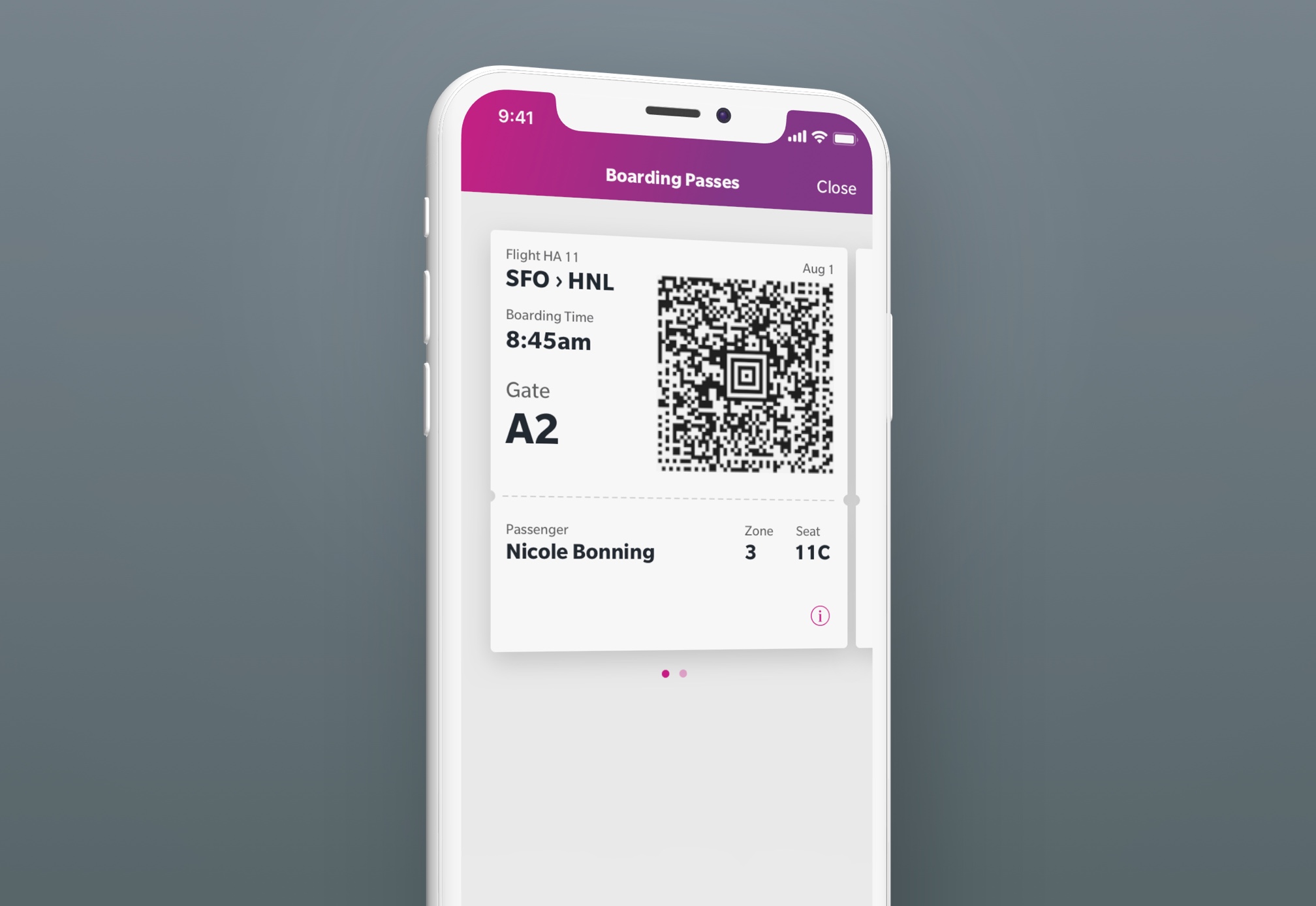
A common electronic airplane ticket Now it’s important to remember that an NFT is not the object itself but merely a token to trace the provenance of a digital asset.³ This is often in the scope of verifying ownership of the asset against the blockchain along with its transactional record.⁴ With this medium of authentication, NFTs provide exciting new opportunities for artists and collectors to sell and buy art without using ecommerce oligarchs or being shackled to the constraints of a government-controlled currency.
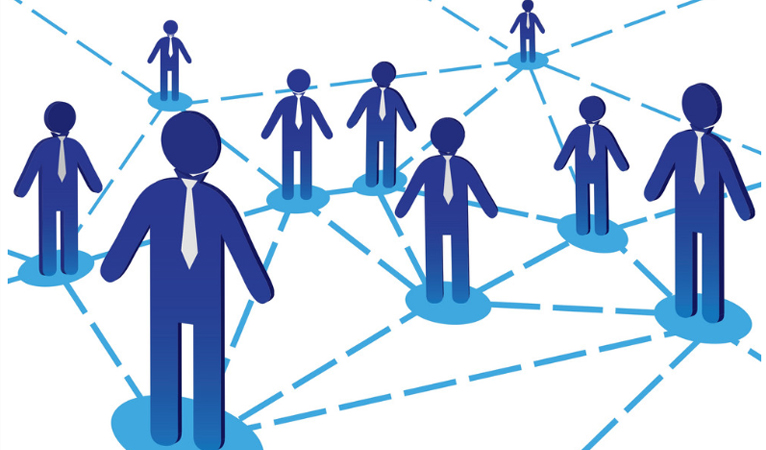
Before we dive into NFTs, it’s important to understand the concept of decentralization in terms of governance. Decentralization is the process of dispersing power away from a central authority.⁵ The hope is that this causes wealth and power to be distributed among the community rather than through a governing body. So with this in mind, NFTs become a natural step in decentralization dealing with verified certificates of ownership that aren’t tied to any central authority.
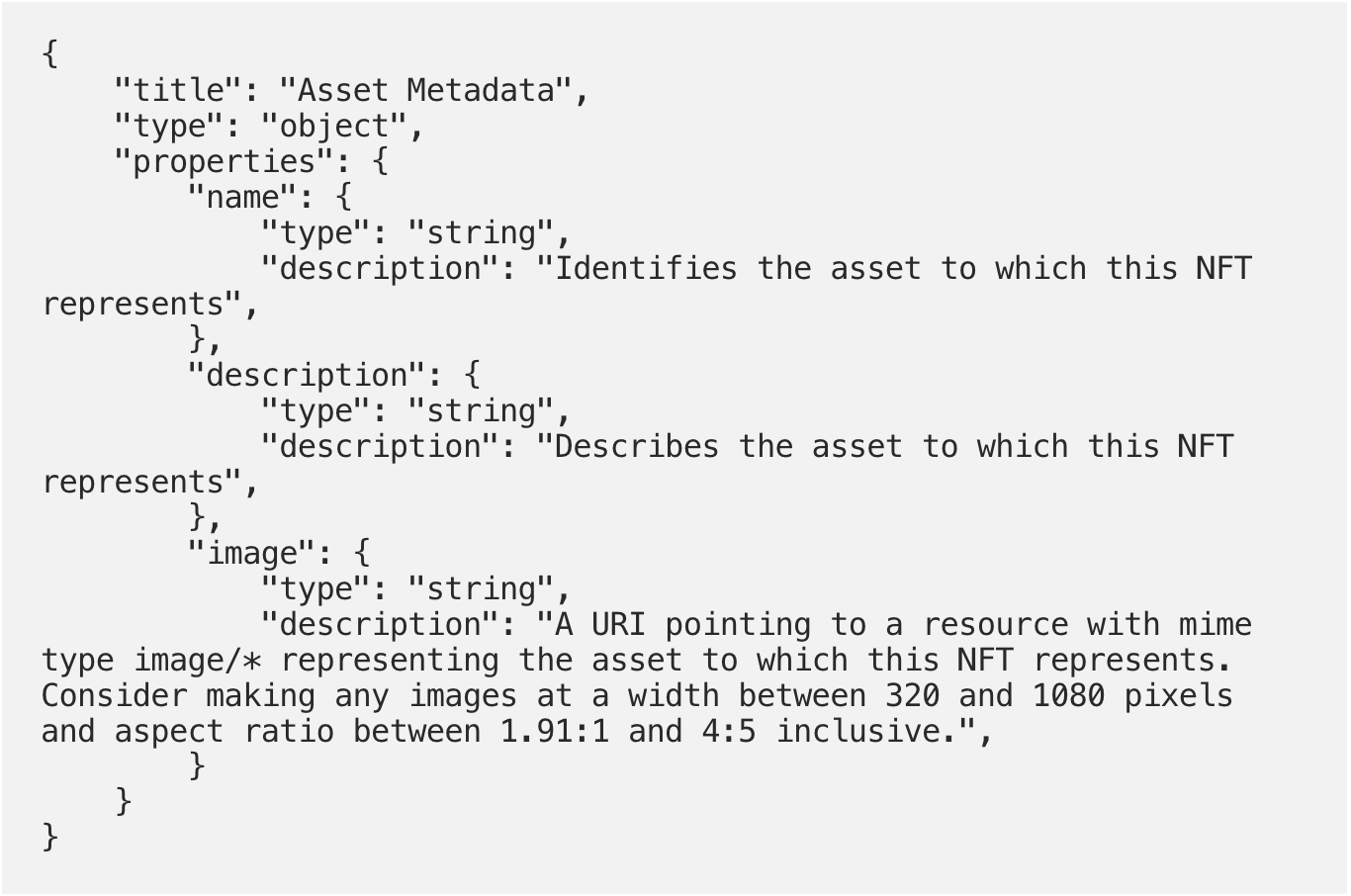
While the technical definition describes these NFTs as certificates (or tokens) of ownership of an digital asset, software engineers would simply call the token “metadata posted on the blockchain”.⁶ It may be a certification of ownership but it is still just data on the blockchain. So just remember NFTs should not be visualized as physical certificates, but rather data linked to the blockchain.
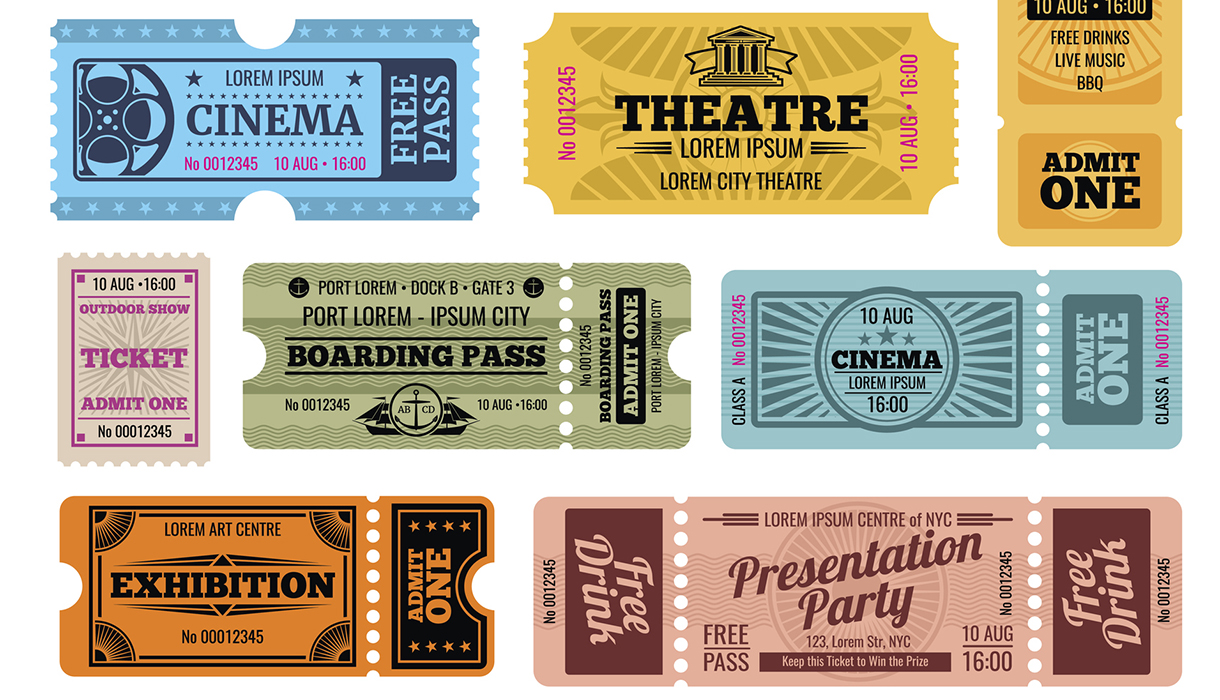
Since NFTs exist as data, who’s to say an NFT has to verify “art” as its digital asset? The team at GimbaLabs* are challenging people to think about NFTs differently, as methods of verification in our everyday systems rather than electronic art. I believe this is where we’ll see NFTs go in the next couple of years. As we’ve described, in its purest form a user’s NFT is an extremely secure and verified electronic piece of data. For example, our current project at GimbaLabs is an event ticketing dApp⁷ where the addresses of the tickets are NFTs. The digital tickets are stored in the InterPlanetary File System but that’s out of the scope of this article. Basically the main takeaway is that the user can use an NFT to verify their event ticket against the blockchain with this dApp.
By developing just one tool that proves and executes this use case, we have proven the multifunctionality of the NFT. Through this we hope to open the door to more creative ways to use NFTs and change people’s preconceived notions of these tokens. As I said before, we’re dreaming of a world where NFTs take on more pragmatic roles rendering them both ubiquitous and extremely utilitarian.
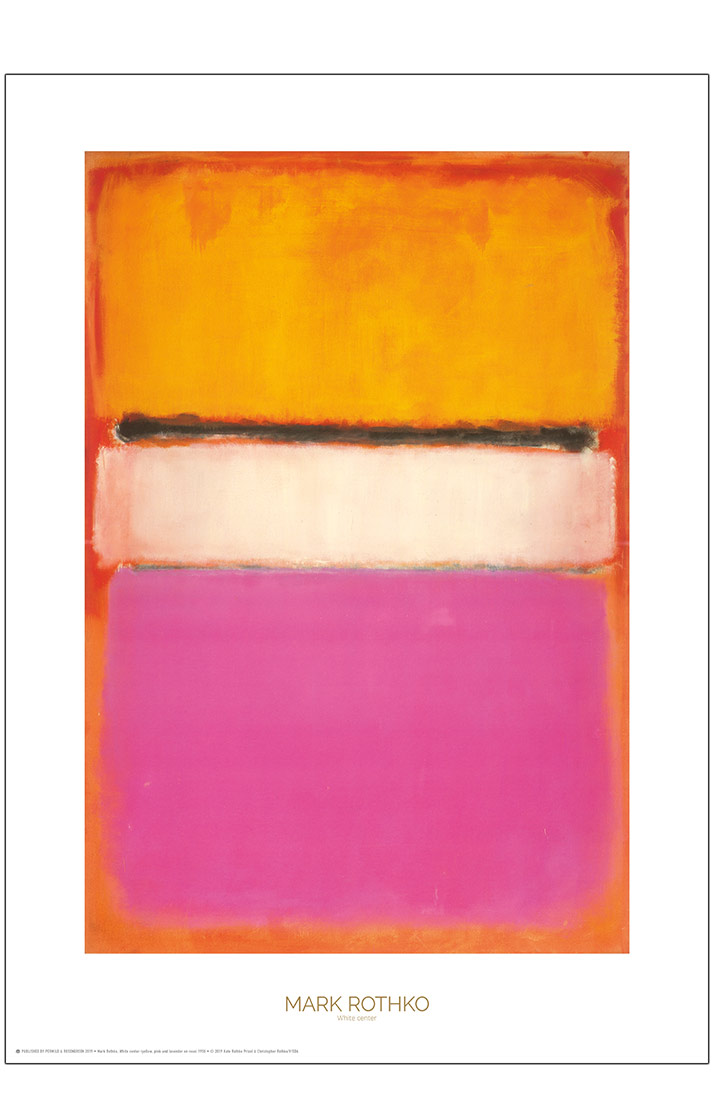
My belief in a more utilitarian NFT is also perpetuated by my personal thoughts on the value of art. I don’t believe the value in art is being able to say “I own this piece”. Art is a medium experienced through our own subjective senses, for example how a painting or a song makes us feel. Is the value of your experience of the art decreased in any way by not owning the piece? Only in your mind if at all.
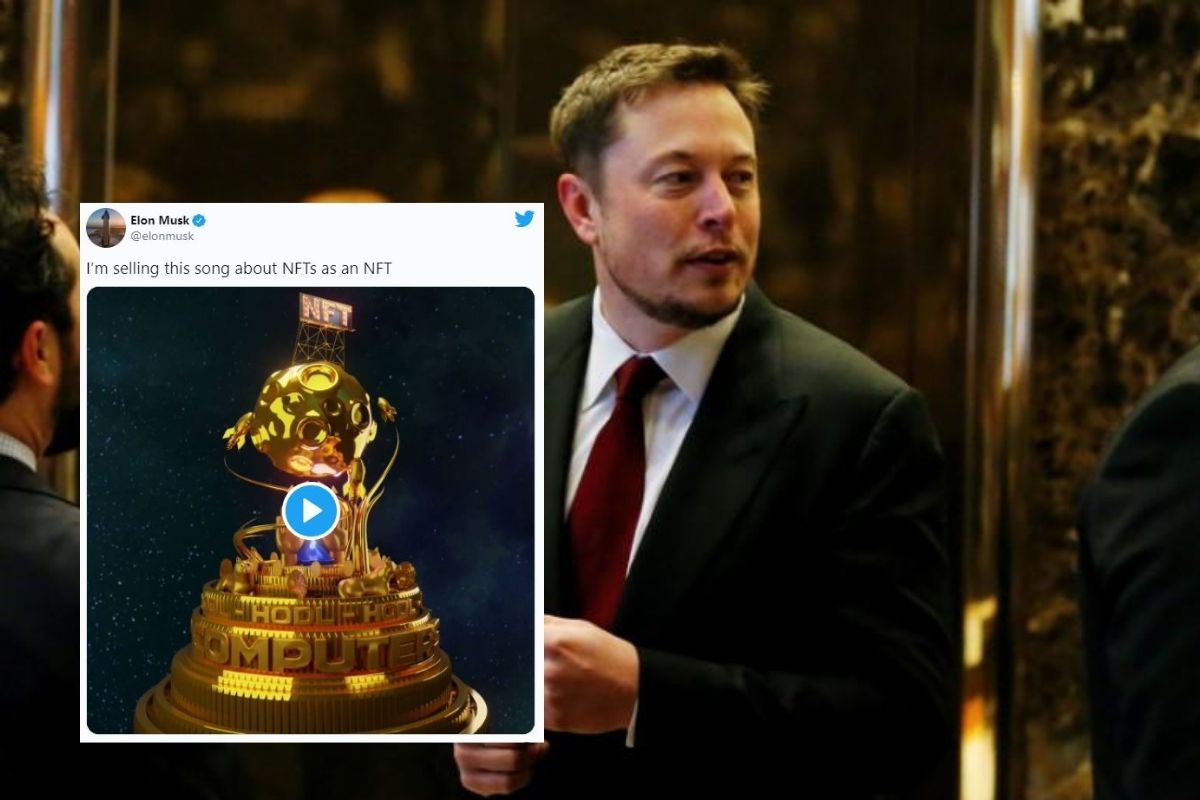
To be fair, I’d like to say that I think there’s some great things about NFTs being an art medium; the artist earns a percent of the transaction when the NFTs change hands. That being said, we must also consider how easy is it to copy the digital asset that the NFT refers to and how that would affect the value. If two things look exactly the same, and you own the copy, who’s to say your copy isn’t as much (or even more than the original)? We’ve all seen how a few mere words of approval by Elon Musk can shoot up the price of a stock or cryptocurrency. Imagine how having his name in the NFT transaction record, regardless if it’s a copy or original, would affect the price. We haven’t seen this phenomenon yet but we should expect to at some point. These technologies are still fairly new and we should expect to see new circumstances like this as the next few years progress.
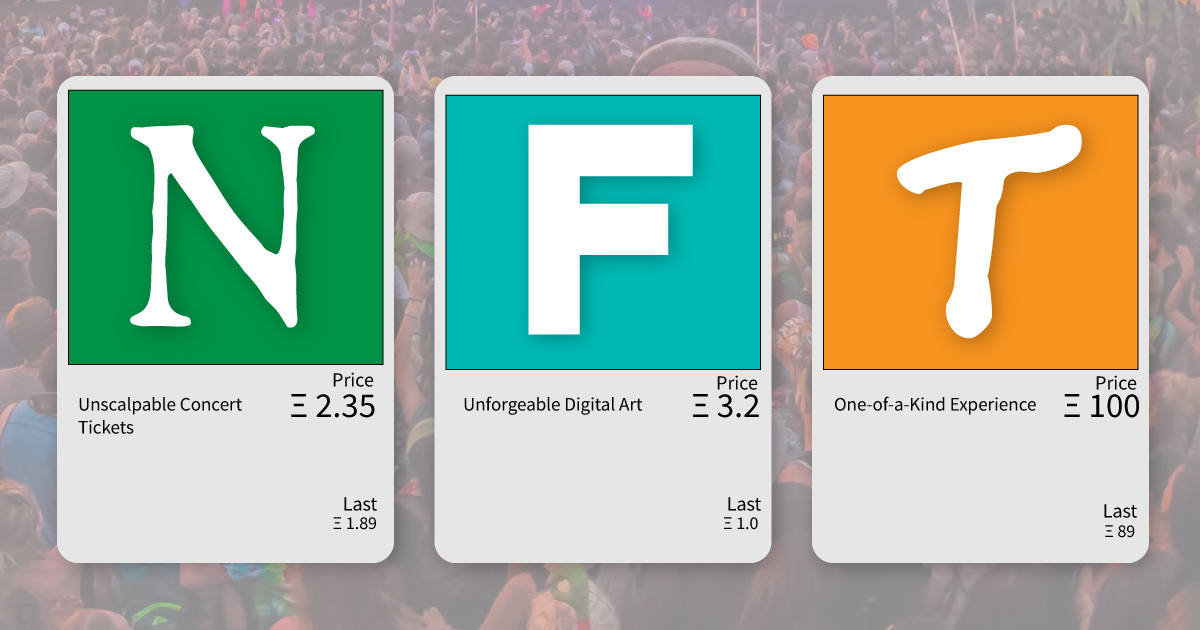
All in all, it’s a really exciting time for blockchain and NFTS but we should keep our minds open to different possibilities and use cases for these tokens. Maybe the current functional use of NFTs isn’t the ideal place for them in society. I’m confident we’ll find where NFTs are most practical and where they fit in for decentralized systems as we march forward into a bright and exciting new year of blockchain technologies.
*To see more work by GimbaLabs visit GimbaLabs.com
Resources
[1] NFTs act as a non-duplicable digital certificate of ownership for any assigned digital asset. Basically, it is a smart contract that is put together using bits of open source code, which anyone can find from platforms like GitHub, and used to secure that digital item. — What is an NFT — digiday.com
[2] 2016 MTA eTix passes $47 million milestone & more
[3] understanding NFTs — medium
[4] A blockchain is a data structure that holds transactional records and while ensuring security, transparency, and decentralization. You can also think of it as a chain or records stored in the forms of blocks which are controlled by no single authority. — Blockchain Explained — Investopedia
[5] Decentralization
[7] A decentralized application (dApp) is a computer application that runs on a distributed computing system. DApps have their backend code running on a decentralized peer-to-peer network, as opposed to typical applications where the backend code is running on centralized servers.
Read this on Medium here - link to article on Medium